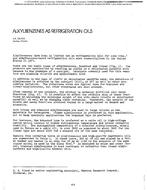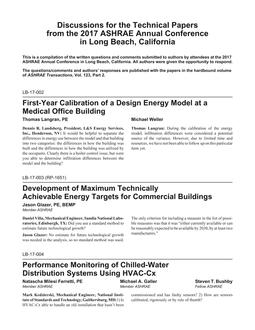Computer models have been developed to analyze residential space cooling and heat pump heating seasonal performance. The form of the models is based on operating conditions and characteristics of interest to the DOE in formulating test procedures and energy efficiency standards. The effects of interest include: cyclic degradation losses; the energy saving potential of the Autofan mode of operation of room air conditioners (RACs); and the effects of the defrost cycle on heat pump (HP) seasonal performance. The seasonal performance models use "double binning" in outdoor dry-bulb temperature and relative humidity. For continuous fan operation, it is estimated that cyclic degradation losses account for 3% of CAC and HP cooling seasonal energy consumption and 1-2% of RAC seasonal energy consumption. The corresponding values for the Autofan mode are 30% for CAC and HP cooling and 7% for RACs. The total energy consumption for the Autofan mode is estimated to be 3-5% less than for the continuous fan mode for CACs, HP cooling and RACs.
The energy lost to the defrost cycles excluding the effects of supplemental heating is estimated to be 2-4% of total seasonal HP output energy for demand defrost products and 9-16% for time/temperature products for typical locations in the U.S. Manual J sizing procedures are used in the models. There is evidence that the HPs are undersized in the models, which could have a significant effect on some of the results. Further studies and model development are planned.
Citation: Symposium, ASHRAE Transactions, Volume 86, Part 1, Los Angeles, California
Product Details
- Published:
- 1980
- Number of Pages:
- 21
- File Size:
- 1 file , 1.4 MB
- Product Code(s):
- D-LA-80-05-1


